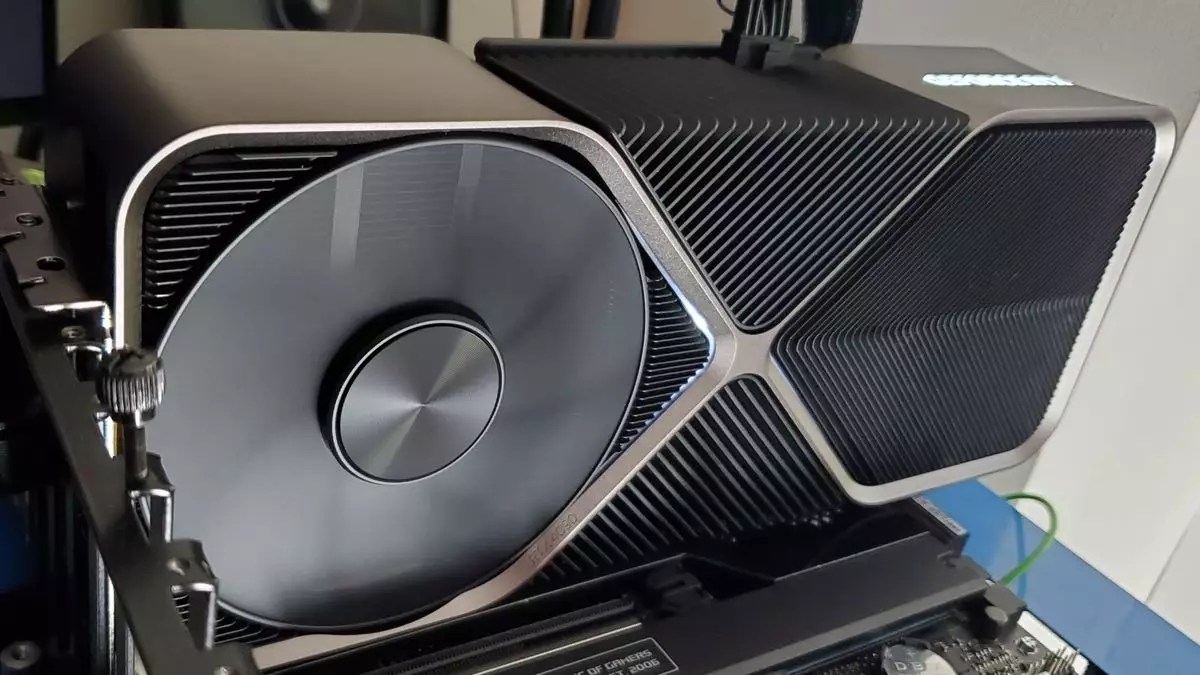Nvidia has been reportedly testing four different designs for heatsinks and fans that can cope with power levels ranging from 250 W to 600 W. This comes in light of the power increases seen with Ampere GPUs, such as the RTX 30-series cards. The need for efficient cooling solutions is vital to ensure that the GPUs can function optimally without overheating.
Modern graphics cards require a significant amount of energy to power the numerous shaders inside them. This high power consumption also results in the generation of a lot of heat. To prevent the GPUs from reaching critical temperatures, robust cooling systems are essential. The coolers need to have headroom to handle heat levels above the maximum power consumption of the GPU to prevent them from becoming saturated and unable to dissipate heat effectively.
Limitations on Power Consumption
While it is reassuring that Nvidia’s next-generation GeForce cards are not expected to consume more power than current models, it also means that the size of the cards is unlikely to decrease. Third-party vendors, who often use even larger cooler designs than Nvidia’s reference models, will continue to produce cards with substantial cooling solutions to address the power and heat generated by these GPUs.
The decision to test cooling designs for power levels as low as 250 W suggests that Nvidia may be looking to enhance the performance of its entry-level models. The RTX 4060, with a total board power limit of 115 W, did not offer a significant performance improvement over previous generation models. By increasing the power consumption of newer models like the RTX 5060, Nvidia aims to deliver more potent graphics cards with better overall performance.
Potential for Higher Power Consumption
While Nvidia is currently testing cooling solutions for power levels up to 600 W, there is still a possibility of even higher power-consuming GPUs in the future. An RTX 5090 with a 600 W power limit could set new records for gaming den temperatures. The challenge lies in balancing performance and power consumption to ensure that the GPUs are not only powerful but also energy-efficient.
As technology advances and graphics cards become more powerful, the need for effective cooling solutions becomes increasingly important. Nvidia’s experimentation with heatsink and fan designs for a range of power levels indicates a commitment to ensuring that future GPUs can deliver high performance without overheating. It will be interesting to see how these developments shape the next generation of GeForce cards and the impact they have on the gaming community.


Leave a Reply